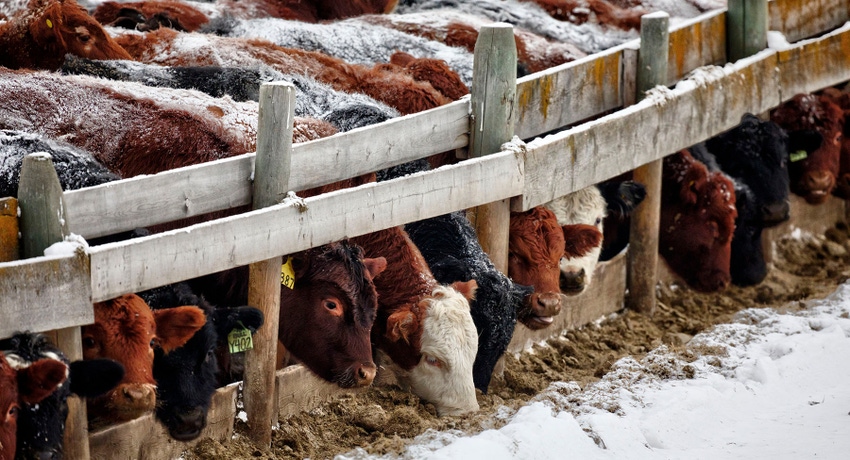The growing role of the U.S. feedlot industry
The total U.S. feedlot inventory on January 1, 2024 was 14.42 million head.

The latest Cattle on Feed report pegged the February 1 feedlot inventory at 11.8 million head, just fractionally above year ago levels. Feedlot inventories are declining after rising above year-earlier levels last October. Feedlot placements in January were 92.5 percent of last year, above the pre-report average estimate but within the range of estimates by some analysts. Some analysts were expecting a larger negative impact on placements from the winter storms in January. January marketings were even with one year ago.
The February Cattle on Feed report also includes a summary of 2023 final feedlot numbers and feedlot industry structure. Total feedlot capacity was reported at 17.1 million head, up from 16.5 million head in 2000.
Feedlot capacity as a percent of total cattle inventories has increased over the past 25 years to a record level of 19.6 percent in 2024 (Figure 1). On average feedlot inventories have averaged about 83 percent of total feedlot capacity over the past 25 years. Feedlot capacity utilization is lower during cyclical expansions and higher during liquidation periods.
For example, during herd expansion from 2014-2017, average feedlot inventories were 76.3 percent of capacity, while during herd liquidation from 2020-2024, January feedlot inventories were an average of 84.8 percent of total feedlot capacity.
The total U.S. feedlot inventory on January 1, 2024 was 14.42 million head. The feedlot inventory as a percent of the total inventory of cattle in the country has continued to increase over time. The total feedlot inventory was a record level of 16.5 percent of the inventory of all cattle and calves on January 1, 2024. This level compares to 14.3 percent 25 years ago.

The total U.S. feedlot inventory on January 1 of 14.42 million head was 120.9 percent of the January monthly cattle on feed inventory of 11.93 million head. Monthly cattle on feed surveys cover only feedlots with a one-time capacity of 1000 head or more. In the past 25 years, the total January on-feed total has averaged 122.7 percent of the monthly on-feed total. Stated another way, monthly feedlot inventory totals on average represent 81-82 percent of the total cattle on feed in the country. This relationship has not changed in the past 25 years and has varied from a low of 80 percent to a high of 82.7 percent.
The January 1 estimate of feeder supplies outside of feedlots was 24.2 million head, down 4.2 percent year over year and the lowest total in data available back to 1972. The current feedlot inventory is a record 59.6 percent of feeder supplies. Stated another way, this means that there are just 1.68 head of feeder cattle for every head of cattle currently in feedlots. The current feedlot turnover rate is about 1.93, which means that there are not sufficient feeder cattle to maintain feedlot inventories in the coming year. Feedlot inventories will inevitably decrease in the coming months.
About the Author(s)
You May Also Like


.png?width=300&auto=webp&quality=80&disable=upscale)
